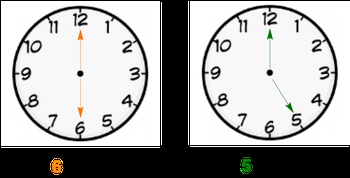Covalent compounds with five or six electron groups exhibit distinct spatial arrangements known as equatorial and axial positions for their surrounding elements. The equatorial position refers to the locations of surrounding elements situated around the "equator" of the molecular structure. For instance, in a compound with five electron groups, three of these groups are positioned along the equator, while in a compound with six electron groups, four are aligned along the equator.
In contrast, the axial or apical positions are those located above or below the equatorial plane. This spatial arrangement is crucial as it influences the repulsion between the surrounding elements. Increased repulsion can lead to a decrease in the overall energy of the compound, which is favorable in chemistry since lower energy states correspond to greater stability.
A key principle to remember is that more electronegative elements tend to occupy the axial positions rather than the equatorial ones. This preference is linked to the concepts of energy minimization and stability enhancement within the molecular structure. Understanding these arrangements and their implications is essential for grasping the stability of covalent compounds with multiple electron groups.



